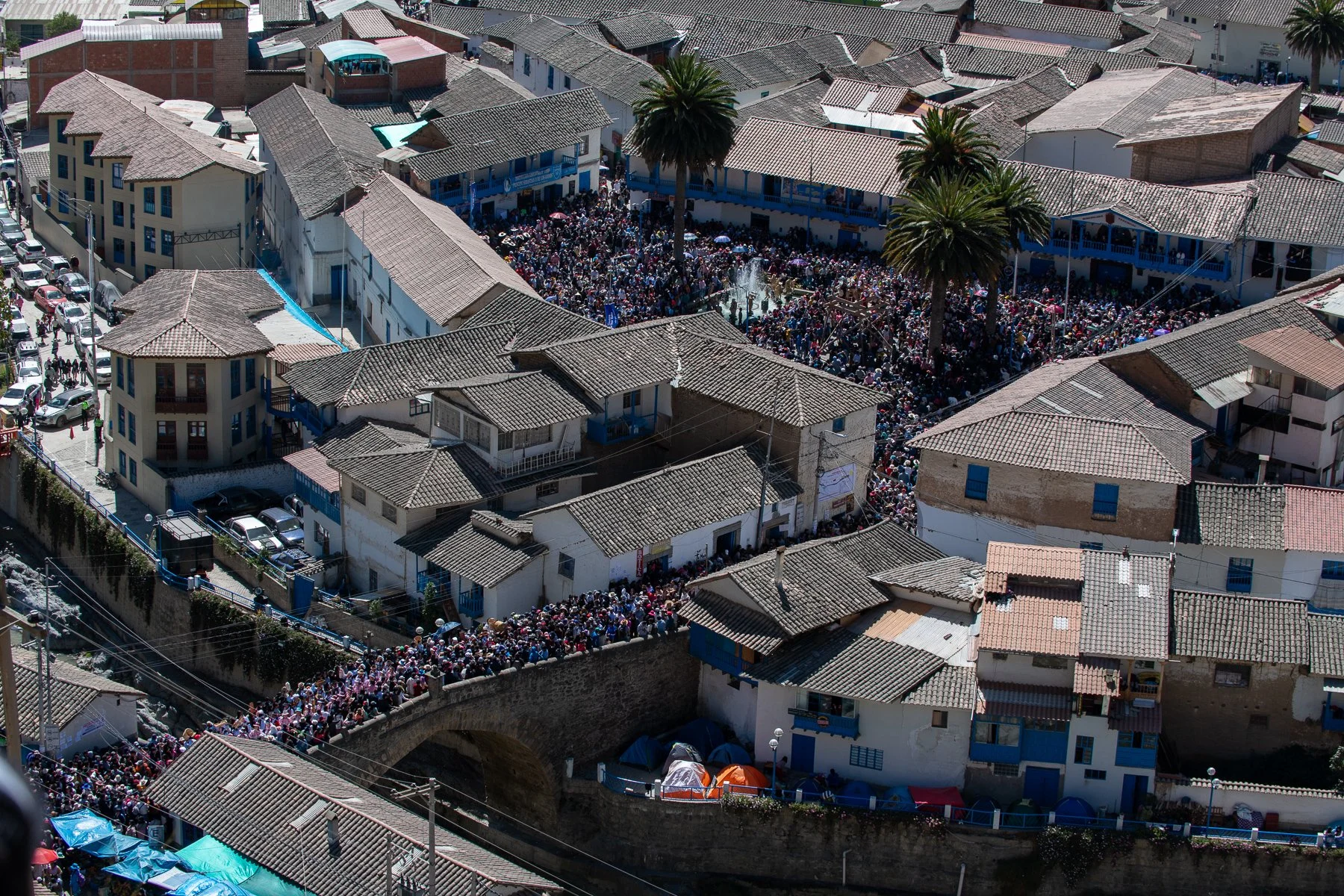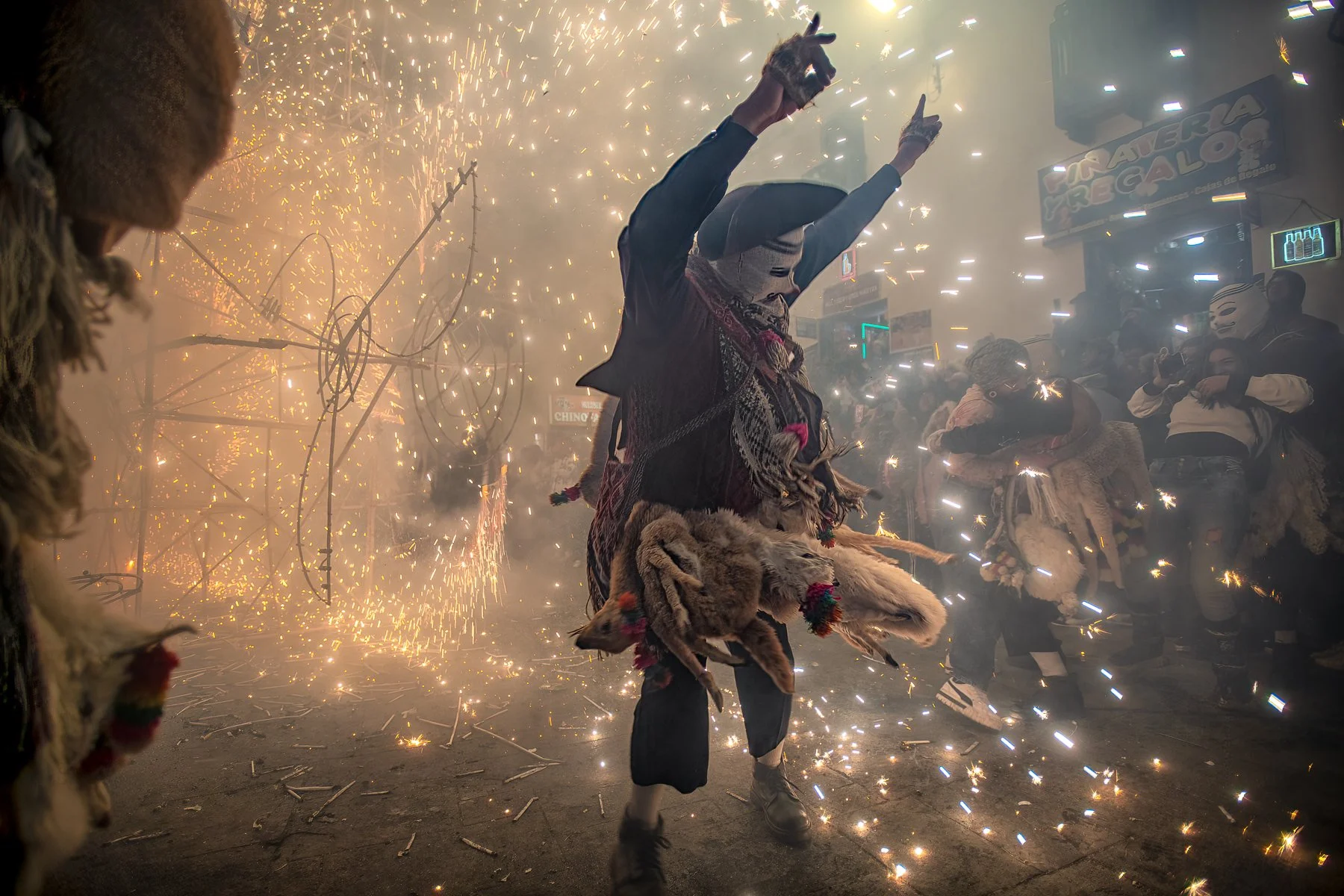Paucartambo Folklore Festival
After all the excitement and distraction of the detainment episode, I allowed myself to get pulled away from the editing and writing I needed to get done. Now I am trying to get caught up before I depart for Canada on the 23rd. I will attempt to keep these updates brief so I can get a few published over the next week.
The Paucartambo Folklore Festival is another syncretic celebration that combines the rich, vibrant culture of Quechua with the more recent traditions brought to the Peruvian Andes with Catholicism. Officially the festival is that of the Virgen del Carmen but it is the nineteen different dances celebrating the culture, traditions, and stories of the Quechua people from the region that brings the small community to life every July.
The Virgen del Carmen Festivity or Paucartambo Festival as it is commonly referred to, is a four-day celebration that draws thousands to the small community each year. Although it is a Catholic religious celebration with many coming to worship and attend the procession of The Virgin Carmen, in reality, it is a four-day fiesta.
The crowd can be divided into religious devotees and those that are devoted to the party. The music goes on all night, every night as festival goers dance, sing, and drink until morning when it all begins again. The evening fireworks on the first night are a highlight that ignites the festivities. It is a non-stop assault on the senses.
Adapting their own beliefs, customs, and traditions to those of the Spanish Catholic culture is what has allowed the Quechua culture to endure. It is one of the only places in the world where the Vatican has permitted local traditions to be amalgamated with those of the Catholic Church. In fact, Pope John Paul II came to Peru and officially blessed the festival.
Now a statue of the former Pope is perched over the community of Paucartambo and gives his blessing annually to the debaucherous festivities. Although I normally frown upon this type of behavior, I took part strictly for research purposes and for the sake of the project.
I was only able to attend the first day and had to leave on the second as I needed to be back in Cusco for an appointment with the immigration office. It was another learning experience and I learned from some of the mistakes I made trying to photograph the festival. It is so jam-packed with people that it is difficult to move around and get a position to photograph. I have chalked it up as a scouting mission for next year.
I will make sure to plan better and further so I don’t have to stay on a concrete floor in a room no more than 15’ x 15’ with six other people.
MB






